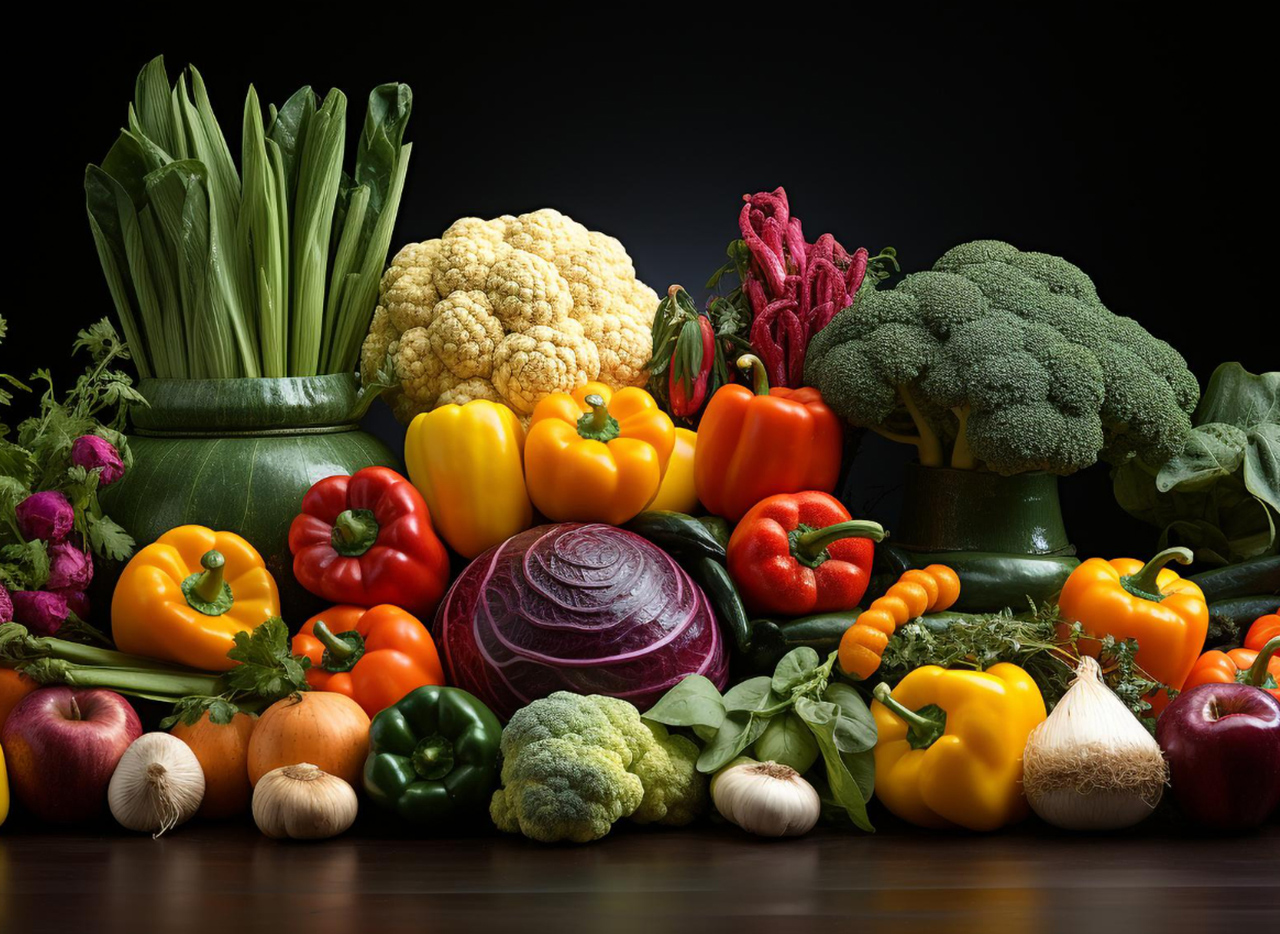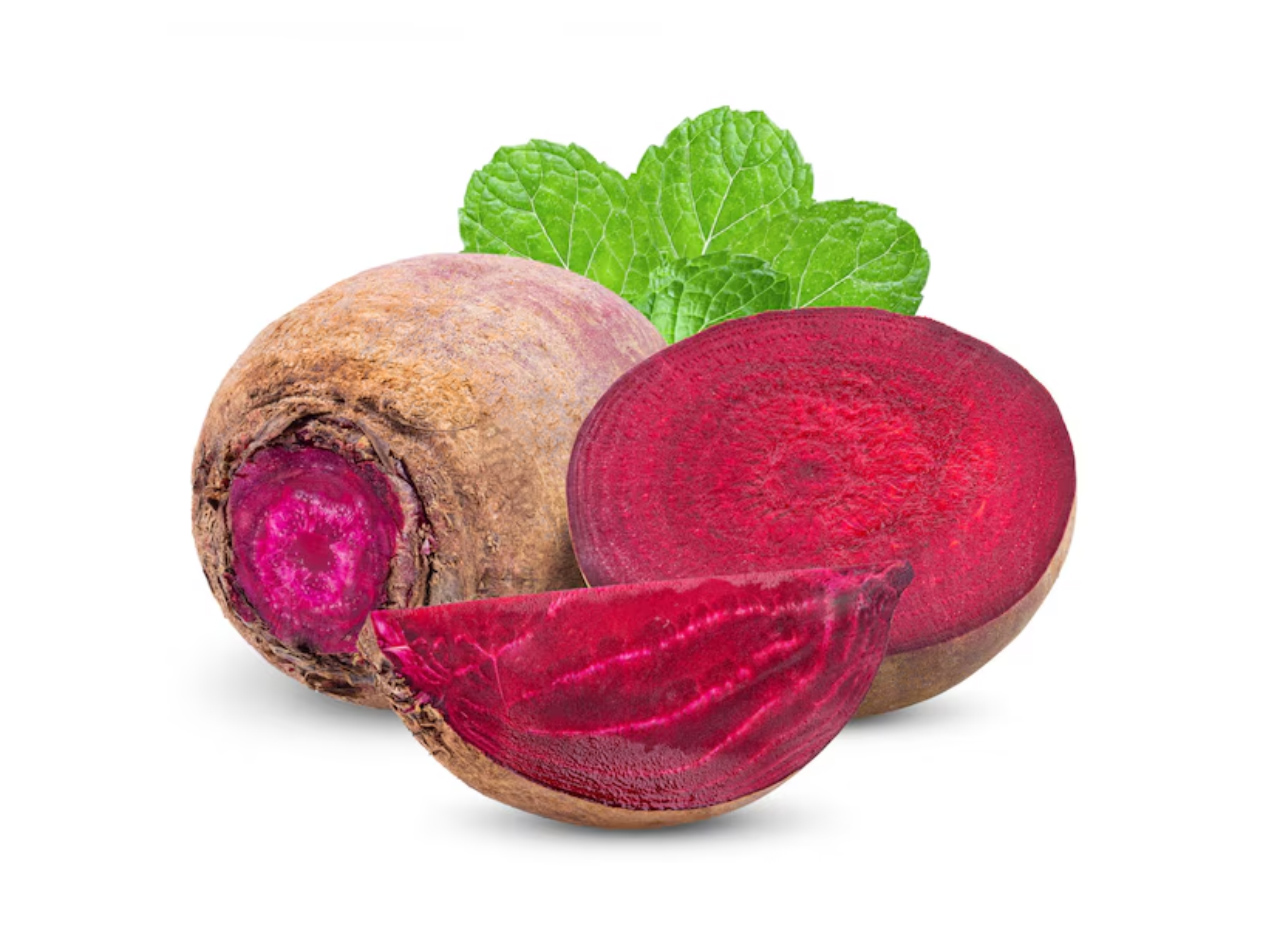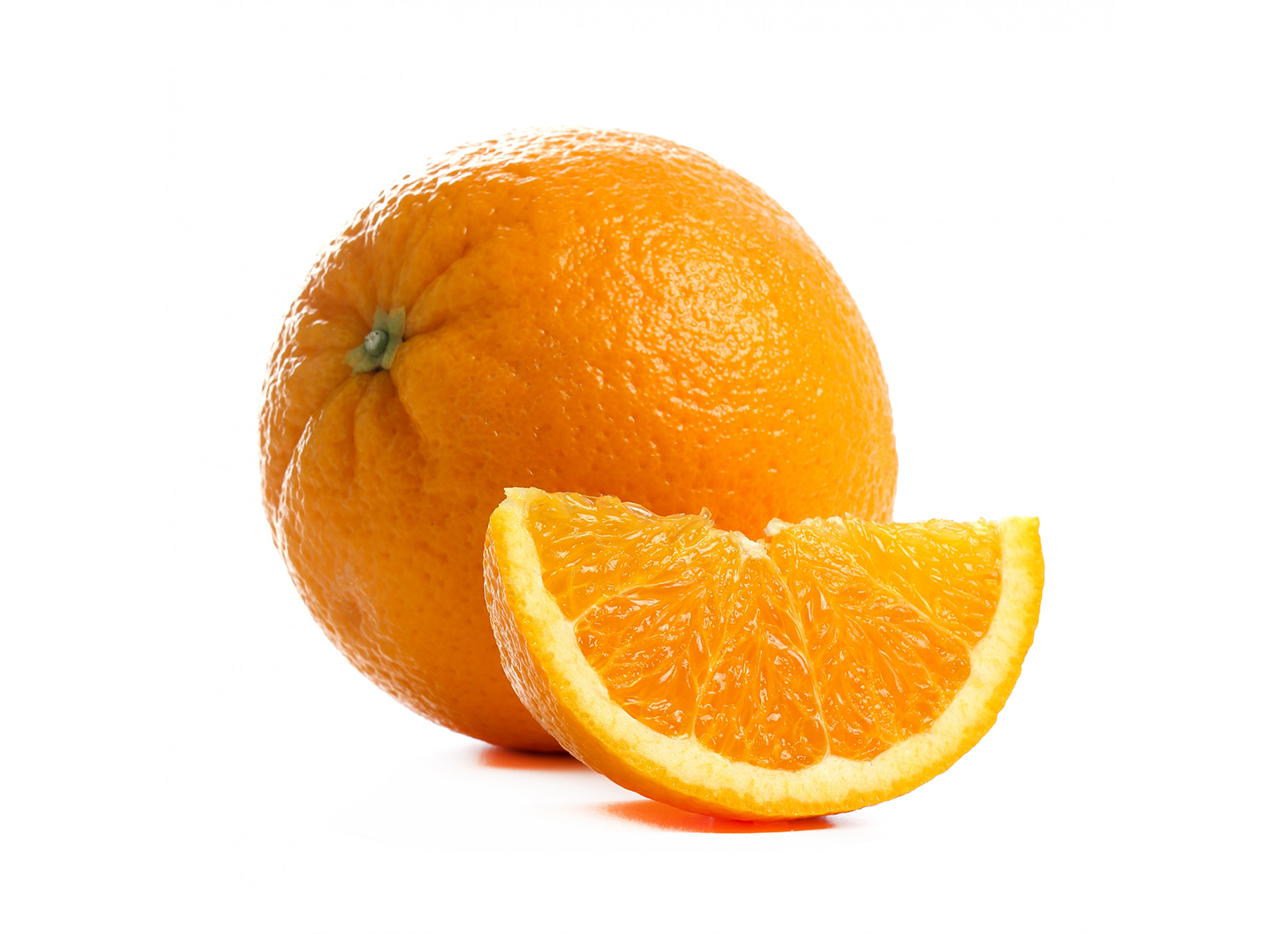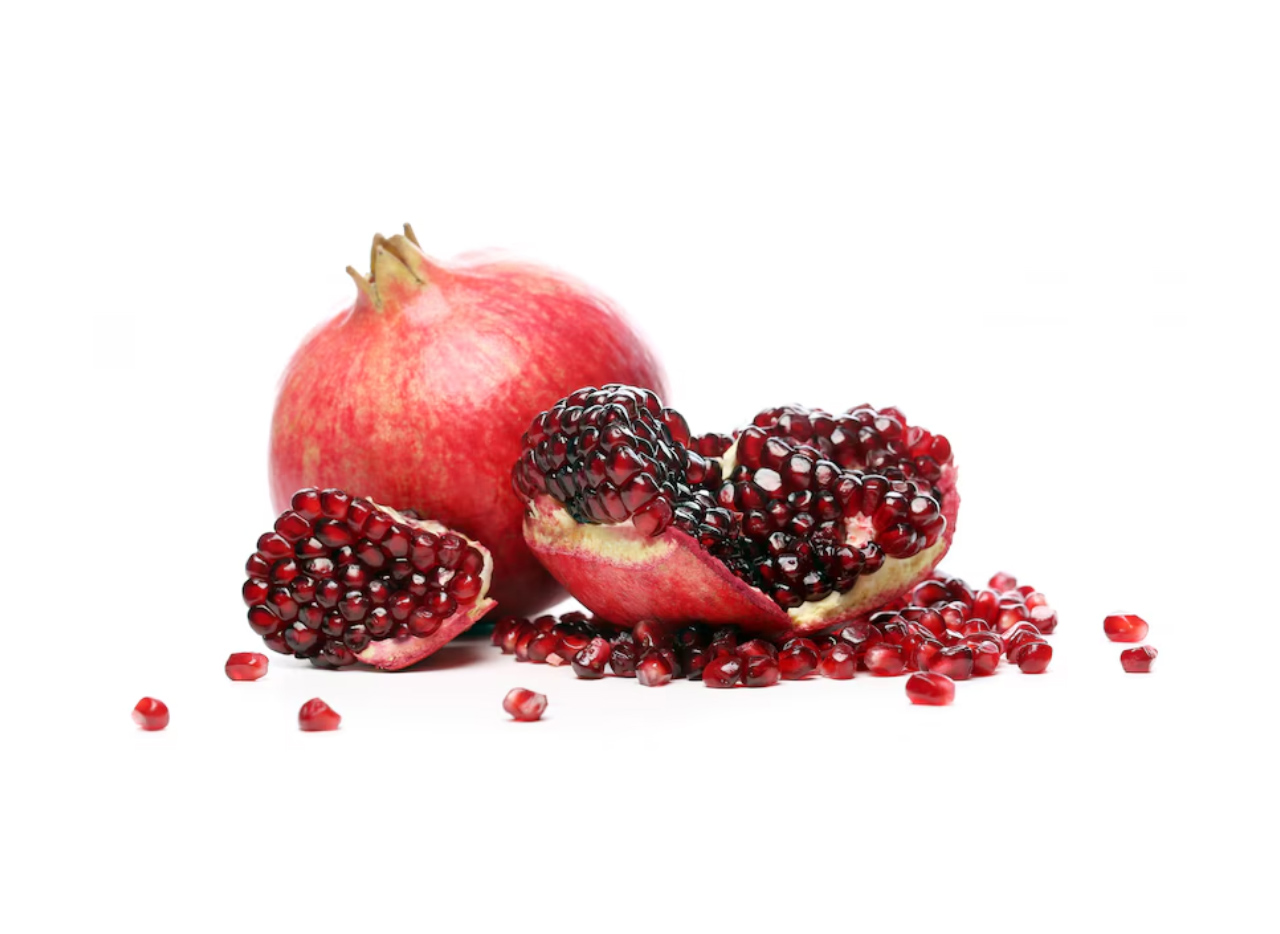Bananas were introduced to the United states at the 1904 World Fair in St. Louis. Since that time, bananas have become a staple in the American diet, outselling any other fruit. The banana tree is a typically fast growing tropical plant. The fruit is harvested green.
A sharp knife on a long pole is used to remove the palm like leaves from the tree until the bananas are visible from the ground. The knife is used to cut the soft trunk of the tree at a height and in a way that causes the upper part of the tree to sag down, placing the bunch of bananas on the back of a laborer. The bunch is then severed from the tree. This operation does no significant damage to the tree as the root is dug up and replanted for next year’s crop.
The fruit is kept green by not allowing the ripening conditions of temperature and the development of ethylene gas which is naturally produced by ripening fruits. If you have green bananas and you wish to extend the ripening period so they don’t all ripen at once, you may keep some cool and ventilated and others may be kept warm and in a bag in order to trap the ethylene gas that is formed.
Other ripening fruits may be included to share the ripening effect of the ethylene. Sometimes other gasses are used. Large scale operations use ripening rooms which are sealed and dark. Bananas are well known as a source of potassium, which is an essential electrolyte for proper operation of the heart and other body functions.






